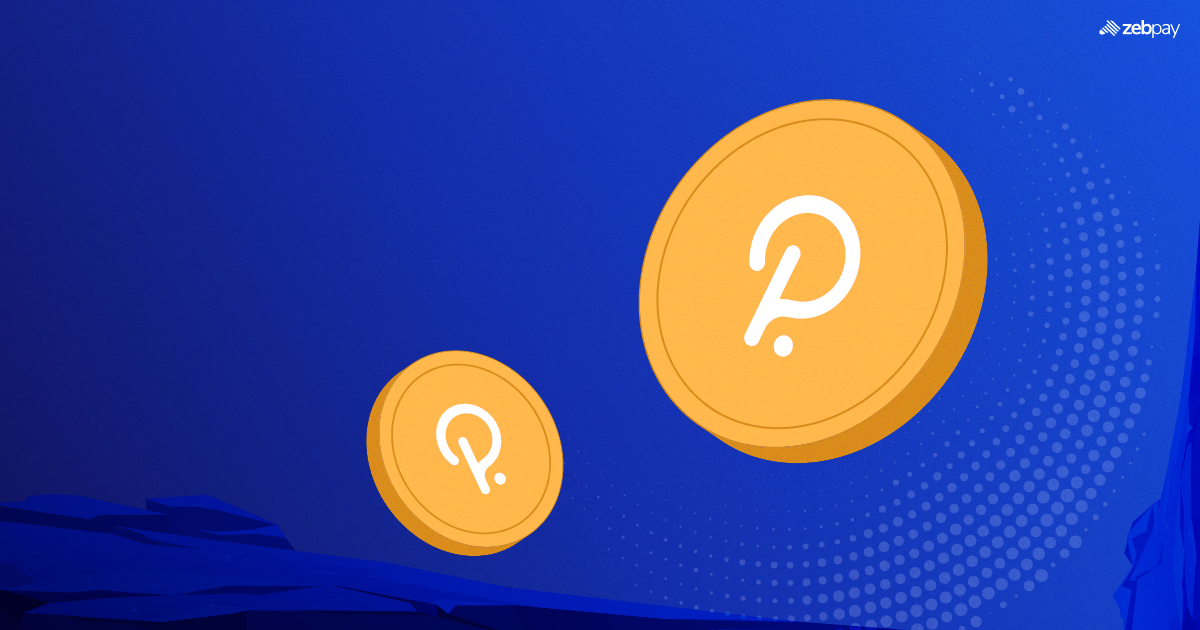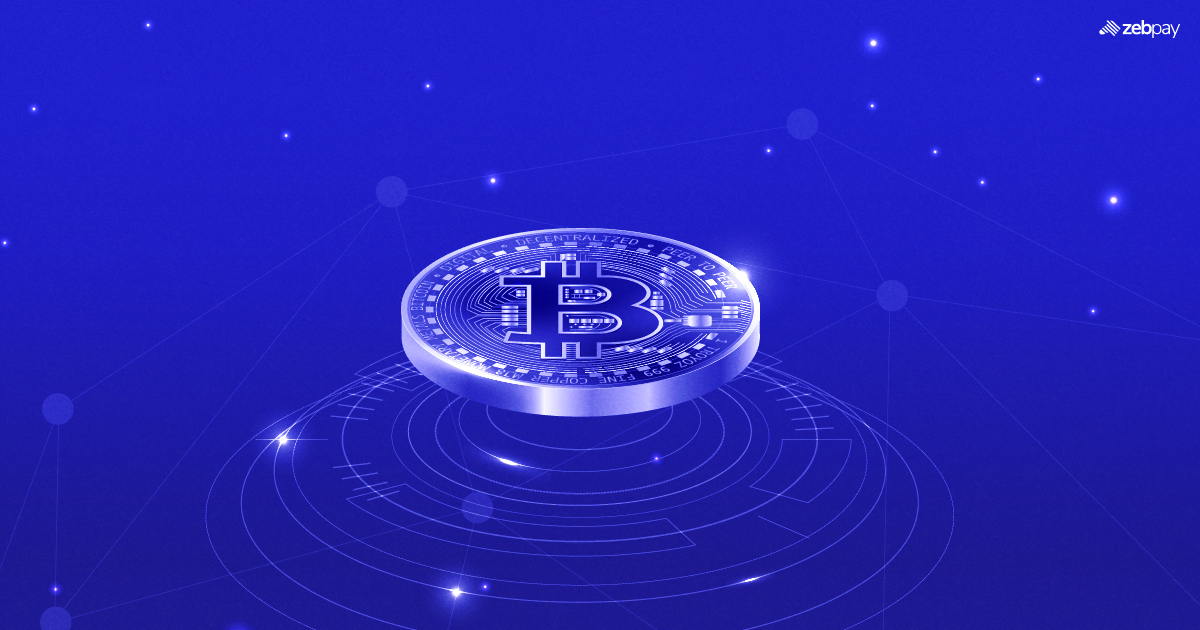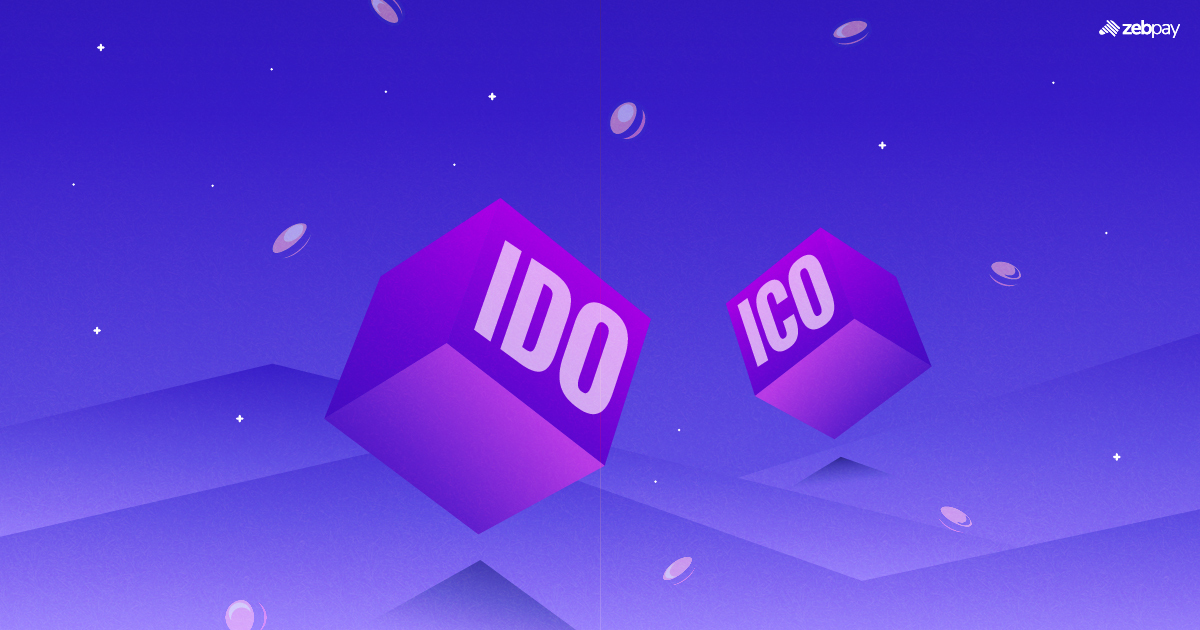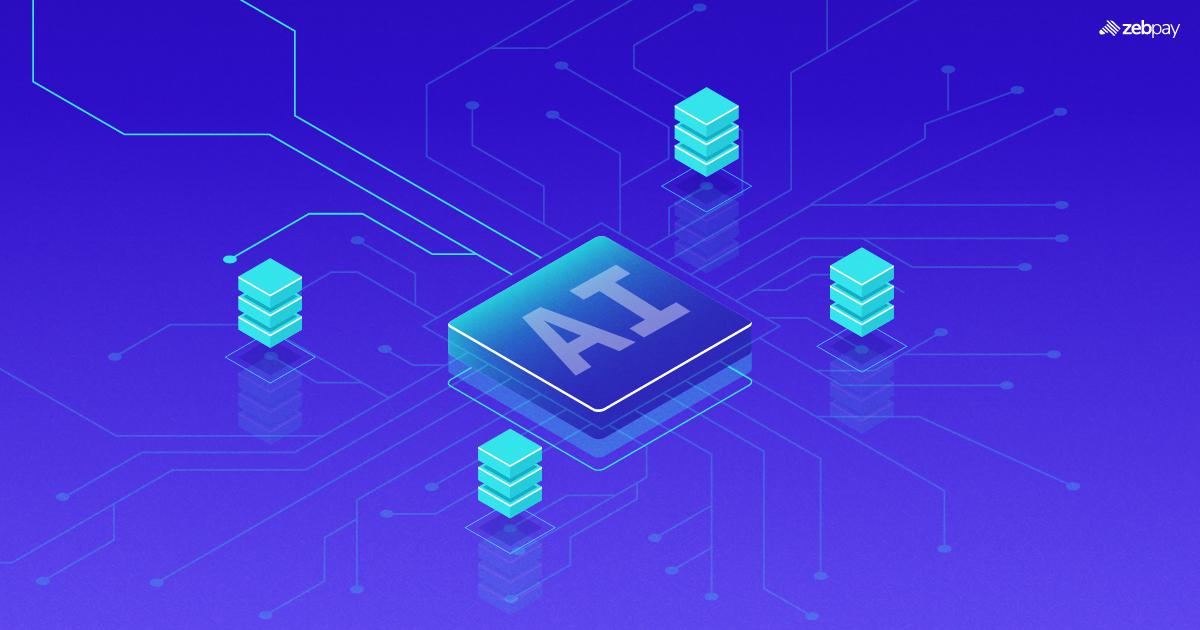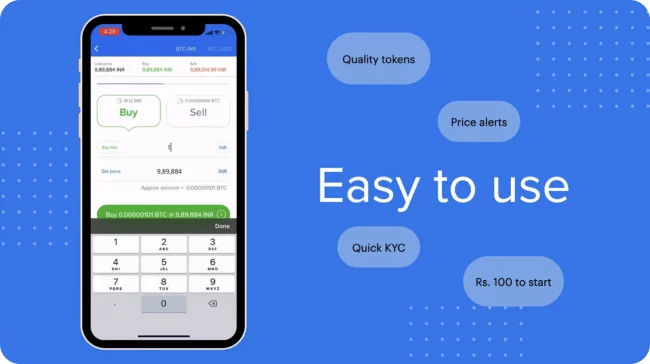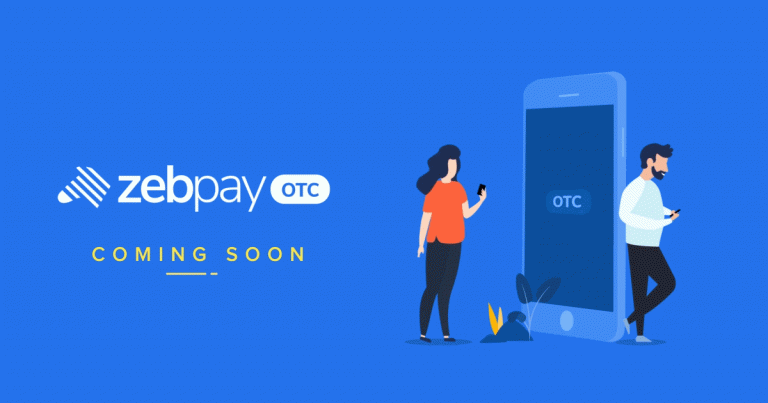Polkadot (DOT) is a blockchain protocol with a core network called the relay chain for other blockchains to connect and communicate with each other. This relay chain also handles transactions and security when hosting other blockchains. It enables seamless cross-chain interoperability. Gavin Wood launched Polkadot in May 2020 to primarily join the dots with other blockchain networks. Unlike traditional networks like Bitcoin, Polkadot can join other networks altogether and is commonly referred to as a multi-chain network.
How Does Polkadot Work?
The Polkadot blockchain depends on three types of blockchain for its operations.
Relay Chain
This is the main blockchain where transactions are finalized and it separates the process of adding new transaction blocks from the act of block validation to achieve faster network speed. It deploys a variation of the proof-of-stake (PoS) consensus mechanism called nominated proof-of-stake (NPoS). It allows any user who stakes DOT to perform one of the following roles for its operation: validators, nominators, and collators.
Parachains
They are custom blockchains that confirm if blockchain transactions are correct by using the computing resources of the relay chain.
Governance
The main goal of governance is to ensure that the majority of the stake will always control the network using the nominated proof-of-stake system. Three types of users can influence the development of the Polkadot network.
- First, DOT holders are the ones who bought DOT tokens. They can approve or reject any changes proposed by other DOT holders.
- Next, DOT holders elect the council. Council members determine which changes proposed by other users are made to the software. Council members’ proposals require fewer votes to be approved compared to those made by ordinary DOT holders.
- Finally, the technical committee can make special proposals during emergency events. They are composed of teams actively building the Polkadot network, and the members of this committee are voted on by the council members.
Polkadot Consensus Mechanism
Polkadot uses a nominated proof-of-stake consensus system consisting of three types of stakeholders: nominators, validators, and collators. Nominators select validators and secure the relay chain. Validators stake DOT tokens, participate in consensus and validate proofs from collators. Finally, collators keep records of valid parachain transactions and send them to validators on the relay chain. Another stakeholder type is called fishermen; they report any bad behavior or activity across the network. Users who stake DOT and perform one of these roles are eligible for crypto rewards.
Polkadot Ecosystem and Use Cases
- Interoperability: Thousands of new blockchain networks have emerged over the past years. While most might not exist in a few years, the future will consist of a multitude of blockchains with unique functionality. Currently, traditional blockchains like Bitcoin or Ethereum operate independently with no communication with each other. Moonbeam is an example to showcase Polkadot’s cross-chain operability. The main goal of Moonbeam is to enable seamless cross-chain operability with Ethereum. It acts as a bridge for Ethereum developers to expand the use of its tools, such as EVM, over to Polkadot. It deploys a system to enable permissionless dApps to operate smoothly through Ethereum and Polkadot.
Read more: Polkadot vs Ethereum
- Scalability: Most blockchain transactions today are processed sequentially, creating bottlenecks and limiting transaction speeds. Polkadot removes these bottlenecks by running several parachains simultaneously, each parachain processing multiple transactions. In the future, Polkadot could also have several relay chains attached to the root relay chain, resulting in higher scalability than the current proof-of-stake systems.
- Security: Currently, blockchains compete with each other over security resources. Polkadot pools security within the network, enabling individual chains to use the collective security instead of having to start over to gain trust. This feature allows independent blockchains with weak security to strengthen themselves by pooling their resources and delegating them to the relay chain. Additionally, the shared security system does not need validators to secure the system and each network can wholly focus on scaling and runtime.
Benefits of Polkadot

Interoperability
It allows cross-chain transfers of any data or digital asset. It enables you to interoperate with different blockchains in the Polkadot network.
Scalability
It provides economic scalability by using a common set of validators to secure multiple chains. It also provides transactional scalability by spreading crypto transactions across several blockchains.
Security
Its novel data availability and validity approach enables chains to interact with each other; these chains are governed independently but are united in network security.
Energy efficiency
It deploys a nominated proof-of-stake (NPoS) consensus mechanism that consumes a fraction of the energy used by traditional blockchains.
Polkadot Network Performance
Polkadot is wrongfully labeled as an Ethereum killer, as its potential lies in complementing existing blockchains rather than competing with them. There are over 350 projects in its ecosystem, such as DeFi projects, Smart contracts, NFTs, and gaming. Some notable projects include the 0x protocol and Chainlink. It is not a Smart contract platform, but it provides infrastructure for dApp developers to integrate smart contracts across an interoperable network of varied functionality.
Polkadot Development and Roadmap
It adopted a phased rollout for its mainnet launch. In May 2020, it launched the genesis block of its relay chain as part of phase 1. The next phase included the implementation of a nominated proof-of-stake system in June 2020. This phase witnessed the first validator election. Phases 3 and 4 enabled its governance system in July 2020, when the council and technical committee were elected. It approved the balance transfers for DOT in August 2020. The next phase included the rollout of parachains and testnets. Currently, it is working on several post-launch upgrades, including the release of XCM and upgrades to XCMP and governance.
Read more: Polkadot Staking Guide
Conclusion
Polkadot introduced a multi-chain network aiming to solve scalability issues and high fees without compromising on decentralization or security. It connects private chains, public networks, oracles, and applications, introducing new use cases. It is not a competitor to other networks or an Ethereum killer; it delivers a new age of cross-chain interoperability that complements the wider crypto ecosystem. It is quickly becoming popular, as demonstrated by the growing number of projects in its ecosystem.
You can buy DOT on ZebPay and join the millions of users already trading on ZebPay Australia.
FAQ on What is Polkadot
Is Polkadot on Ethereum?
No, Polkadot is an independent blockchain protocol that allows different blockchains to communicate with each other. This means it can allow Ethereum to communicate with blockchains like Bitcoin, which is not traditionally supported.
Is Polkadot a Stablecoin?
No, DOT is the native token of the Polkadot protocol. It enables the functionality of the network and its staking. Its price moves independently like any other crypto token.
What is Polkadot Used For?
Polkadot is used by developers who wish to create interoperable blockchains with ease. This allows them to program their applications on a sovereign blockchain while still enjoying the benefits of the Polkadot network.

